A sprawling archipelago of over 7,000 islands, containing densely-packed megacities, remote volcanoes, emerald rice fields and white sandy beaches — all separated by glistening turquoise seas — the Philippines would appear to be a perfect fit for helicopter transport. Yet, there are just 150 rotary-wing aircraft — private and commercial — in operation in the country. For one of the newest entrants in the market, Manila-based PhilJets, this represents a huge opportunity. The company hopes to fundamentally change the country’s relationship with helicopters, democratizing their utilization with a leaseback-based management model that will soon see its fleet numbers reach double figures.
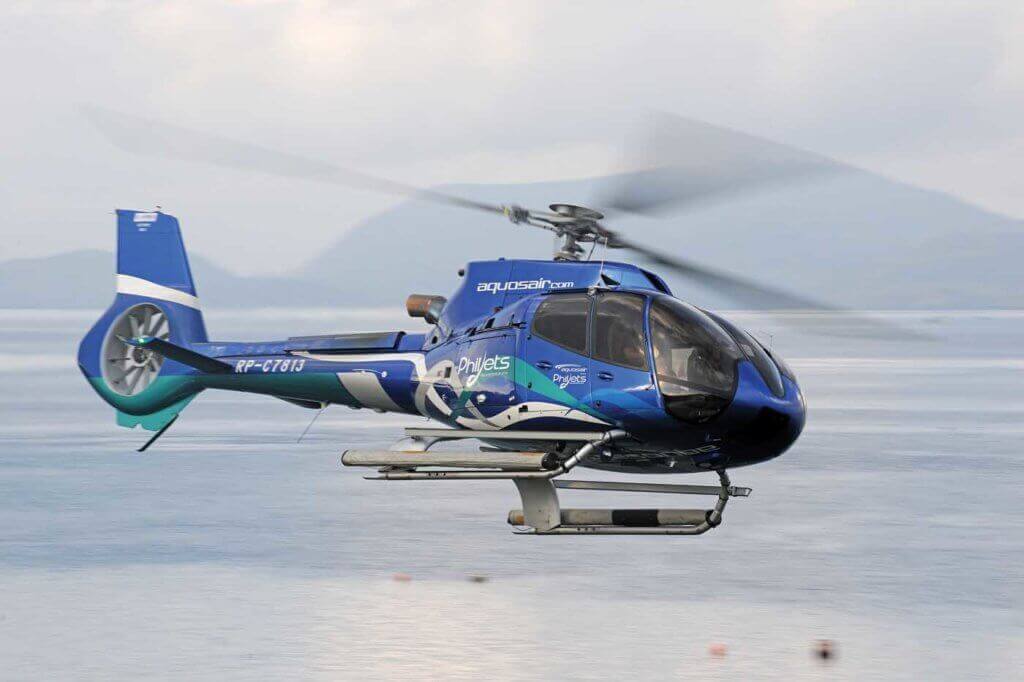
PhilJets was founded in 2013 by entrepreneur Thierry Tea. Born and raised in France to Cambodian-born parents, Tea told Vertical he had always wanted to become an entrepreneur. After completing an internship with Airbus Helicopters, he applied to work for the manufacturer at one of its overseas subsidiaries, ultimately securing a role in its Philippines branch. “It was a country I really didn’t know about,” he said, but the position would give him the opportunity to develop his skills and experience.
Tea quickly rose through the ranks, becoming a regional sales manager, then CEO of Airbus Helicopters Philippines, then country manager for Airbus Group. “In five years, I had achieved what I wanted to achieve,” he said. “After being initially rejected from two positions to becoming the youngest CEO of a subsidiary in the group was quite a breakthrough.”
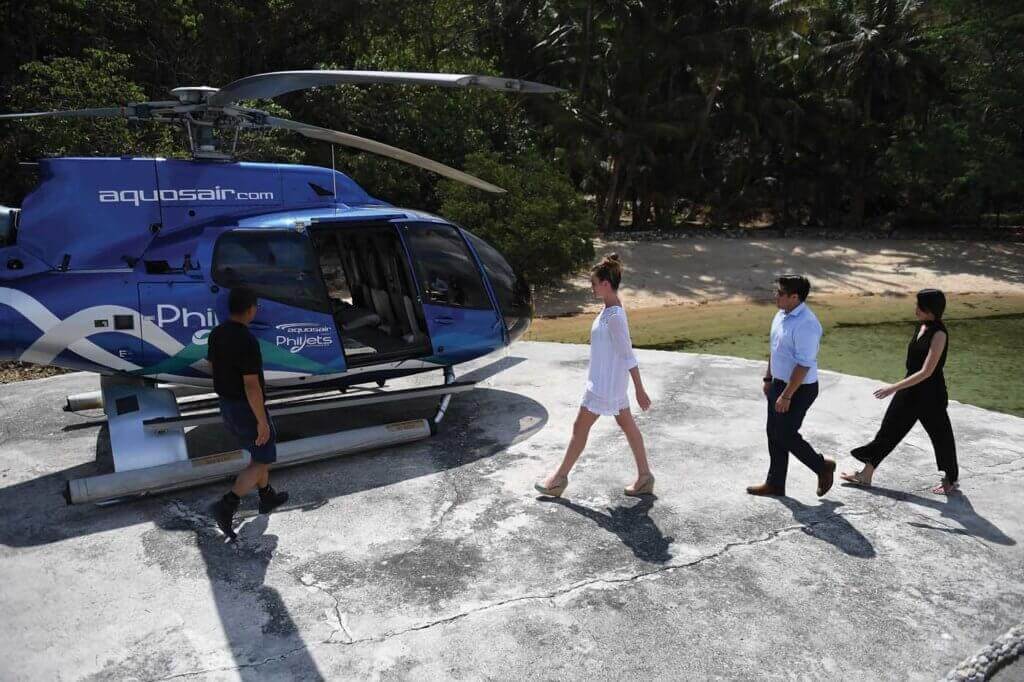
Tea then received an offer to join an investment firm, but ultimately decided to start his own company — PhilJets — instead. The company was established with two key objectives: firstly, to become the leading carrier in the Philippines; and secondly, to promote aviation in the country. Regarding the latter, there was a European Union ban on Philippines-based carriers in place at the time (subsequently lifted in 2015), and the U.S. Federal Aviation Administration had downgraded the Philippines to a Category 2 rating for its aviation infrastructure and support (it was revised to Category 1 in 2014).
“There was basically some very negative images of Philippine aviation, which was something I thought there was a need to reverse and to really improve so that tourists and investors could appreciate the beauty of the country,” said Tea. “I wanted to promote the image of the Philippines, promote aviation in the Philippines, [and] to show to the region and the world that it’s safe to fly in the Philippines — that there’s a good standard.”
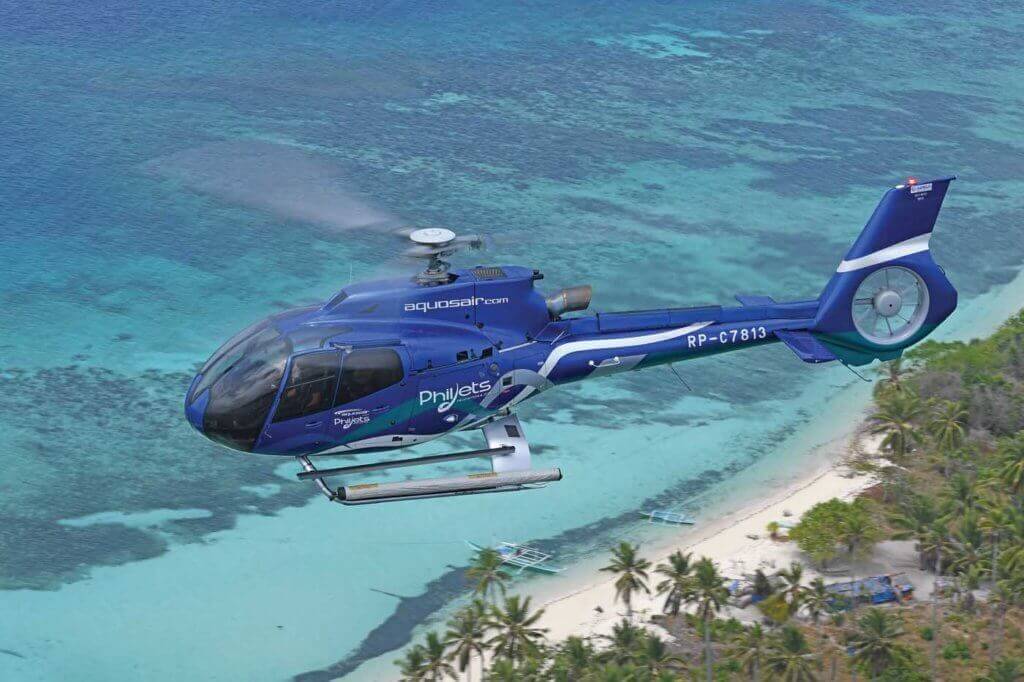
Originally established to provide maintenance and to help third parties buy and sell aircraft, PhilJets soon expanded into operations after purchasing Zenith Air in 2013.
“We decided to buy it, develop it and to renew the AOC [air operator’s certificate], which was expiring . . . and basically set it up at more of an international standard,” said Tea.
“Because we did not have money to simply buy our own aircraft, we decided to look for aircraft owners to offer to manage their aircraft, and to lease some aircraft to be able to charter them out,” he said. “This concept also helps aircraft owners maintain more of the value of their aircraft, with us providing good documentation, good maintenance, and good management planning.”
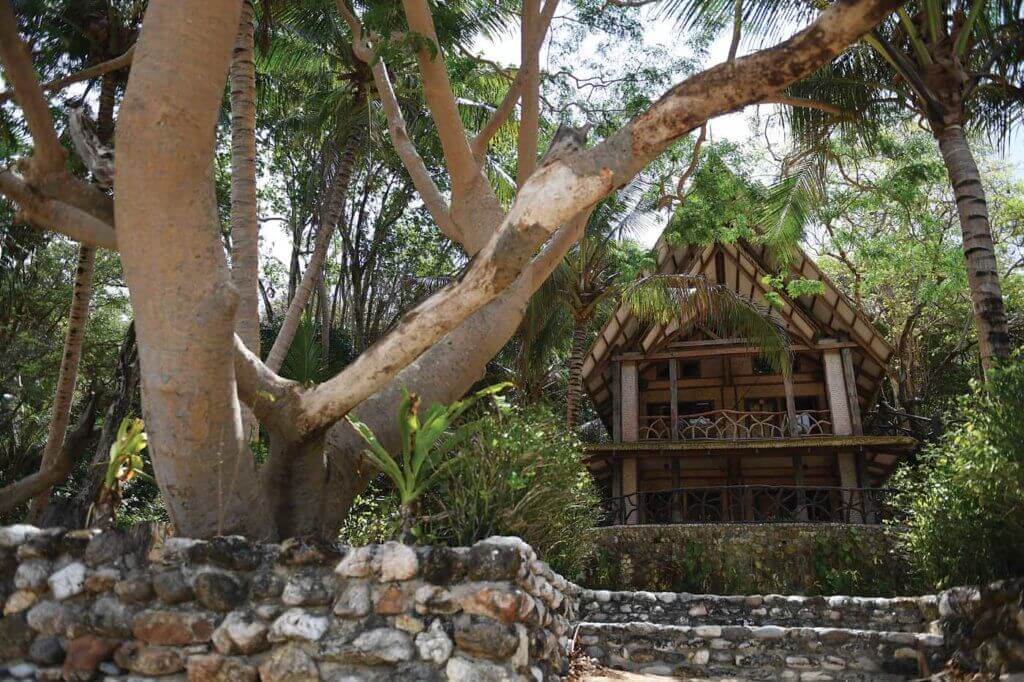
Despite the sound business plan, owners were not easily won over. But the success of the first aircraft — which recorded just under 300 hours for the owner in the first year with PhilJets — persuaded others of the benefits of the company’s approach.
“Our first charter contract with the TV Show Survivor was a success, and once we got a few aircraft under management and under lease, we then got more interest from other owners and lessors,” said Tea.
Expanding the fleet
Today, the PhilJets Group comprises PhilJets Aero Services, PhilJets Aero Charter, and its parent company Starline Global Industries. PhilJets Aero Services provides distribution and sales of components, spare parts, software and tooling to the aviation industry in the Philippines and Association of Southeast Asian Nations (ASEAN) region, as well as light maintenance repair and overhaul (MRO), sales, and investment in local start-ups.
Starline provides business and network development, strategic partnerships, aircraft sales and consolidates purchases for the PhilJets Group.

Finally, PhilJets Aero Charter Corp. is the group’s air transportation company, providing chartering and management services to private sector customers and government agencies in the Philippines. This operational branch was previously known as Zenith Air, but was rebranded following its acquisition by PhilJets.
The company is based at Manila Domestic Airport, where it has both offices and hangars. It currently has six helicopters in its fleet, and manages one other. These include one Airbus AS350 B2, one Bell 407, and one EC130 B4, with the remainder being Airbus H130s. Two more H130s and an H145 are set to join the fleet before the end of the year. (The company also operates two business jets: a Cessna Citation XLS+ and a Bombardier Challenger 350.)
“We bought our first aircraft in 2013 and leased our first aircraft in 2014,” said Tea. “We got inspired from the sale-and-leaseback scheme of the airlines. We decided to buy aircraft from the manufacturers with some partners who acquire the aircraft either with us or from us, and then we enter into a lease program — they lease it back to us, basically. . . . It is a win-win and a long-term mutually beneficial relationship.”
A Corporate Focus
PhilJet’s charter operations include corporate/VIP, tourism and special events, aerial filming/photography, mining, aerial survey, and sky shuttle to beat the hectic Manila traffic. It also provides emergency medical services (EMS) and search-and-rescue functions when required.

In terms of operational considerations, the weather conditions are always a challenge, said Tea. “Sometimes it’s unpredictable: You have typhoons, you have storms, and then you have a lot of water all around,” he said. “Because we are in the Pacific, in the South China Sea, and because we fly a lot over water and in conditions that are not always calm and quiet, we have to always have the upmost vigilance.”
The majority of the company’s charter flight hours are recorded on corporate and VIP flights, with about 20 percent of the hours flown in tourism work, and 10 percent in utility. The company recorded more than 1,000 flight hours in 2016, and while Tea admitted that this was a small number compared to some North American operators, he said PhilJets is well placed to grow its hours having established itself as a leading aviation company in the Philippines.

“Aviation is still seen in the Philippines as kind of a luxury, but we have been educating the market to try to basically democratize it a little bit and compare it with more mature markets like the U.S. and Europe, where flying a helicopter or a business jet is very common,” he said. “You have more than 10,000 helicopters in the U.S.; in the Philippines, you have only about 150-plus helicopters. So basically, there’s huge room for improvement and for helicopter use.”
According to Tea, the company is looking to expand its EMS operations, and is in negotiations with a few suppliers about developing the level of EMS equipment it can carry.
“We don’t have a dedicated aircraft for EMS,” he said. “We are waiting for the 145, actually, because we have a few partners, including International SOS and local institutions, that require a twin engine. At the moment, we are limited by our aircraft types, as everything is single-engine.”

From the initial staff of two in 2013, it now employs 55, including nine pilots (soon to be 11), and 25 maintenance and operations personnel.
Tea said that finding — and keeping — qualified staff was a challenge. “It’s always difficult to find experienced, talented personnel, and pilots even more so, considering the fact we are in very strong competition with airlines, especially,” he said. “This is also the reason why we train and try to grow our team members. Our first employee Matea Delen, is our co-founder and has grown to become our General Manager. Education and training is in our focus for the future.”
Regional Growth
In terms of future growth, Tea said he was looking at adding hangar space in Cebu and Davao, in the center and south of the Philippine archipelago, respectively; while offices may be added in Palawan — an important tourism destination — as that segment of operations grows.
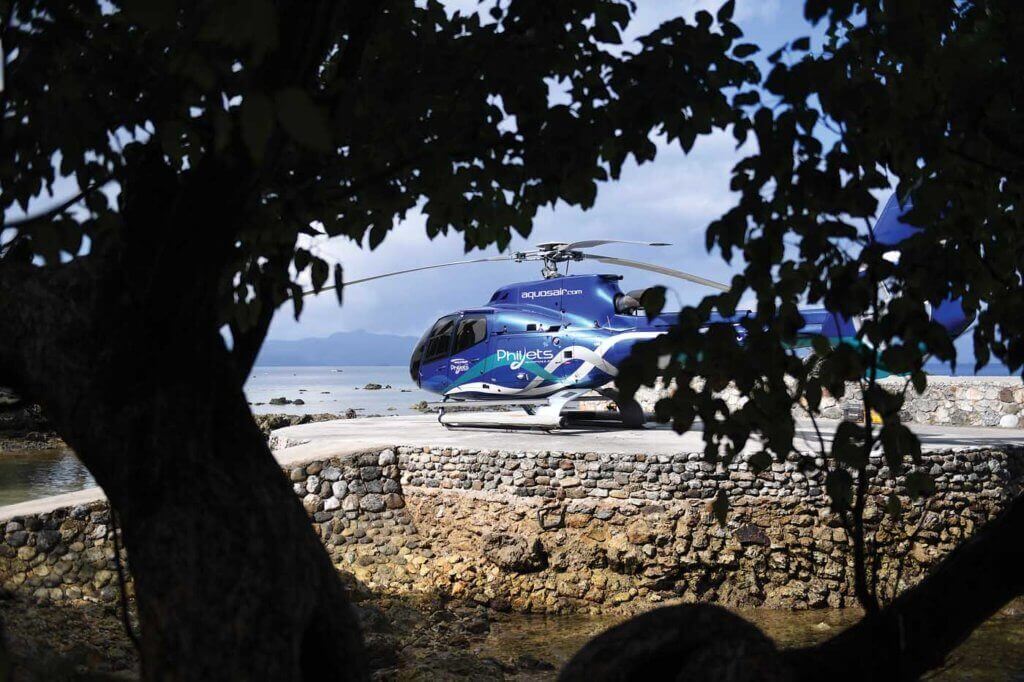
But Tea is also eyeing expansion beyond the borders of the Philippines, with Cambodia, Thailand, Malaysia and Vietnam in his sights. However, he admitted that such a move is far from straightforward. “Yes, it is ambitious and challenging — it has been our plan for two and a half years already, and the reason why we have not done it yet is because it’s challenging, so we have to change our plan,” he said. While the original thought was to create a new company from scratch in each country, PhilJets now plans to partner with existing operators to grow their business with them.
“We can bring in pilots, we can bring in expertise, personnel, documentation, planning, marketing and sales support, as well as even financial support with some financial partners,” he said. “We are looking at different options, and at the moment we have some positive developments. We have not yet launched anything officially, but we are in a very good position.”
Growing new business — rather than attempting to take existing business off other operators — has been the key to PhilJet’s success to date, said Tea. It has also enabled the company to play its part in developing the reputation of the Philippines within aviation circles.
“Thanks to our innovation, productivity, persistence and through applying international standards, we have managed to grow business and become one of the leading operators in the Philippine market,” he said. “We believe there is still more potential, to satisfy more customers and to add more aircraft types, so we are always looking out for new partnerships and for more collaboration with international carriers — and we definitely want to invite any aviation lovers to come flying in our region.”





